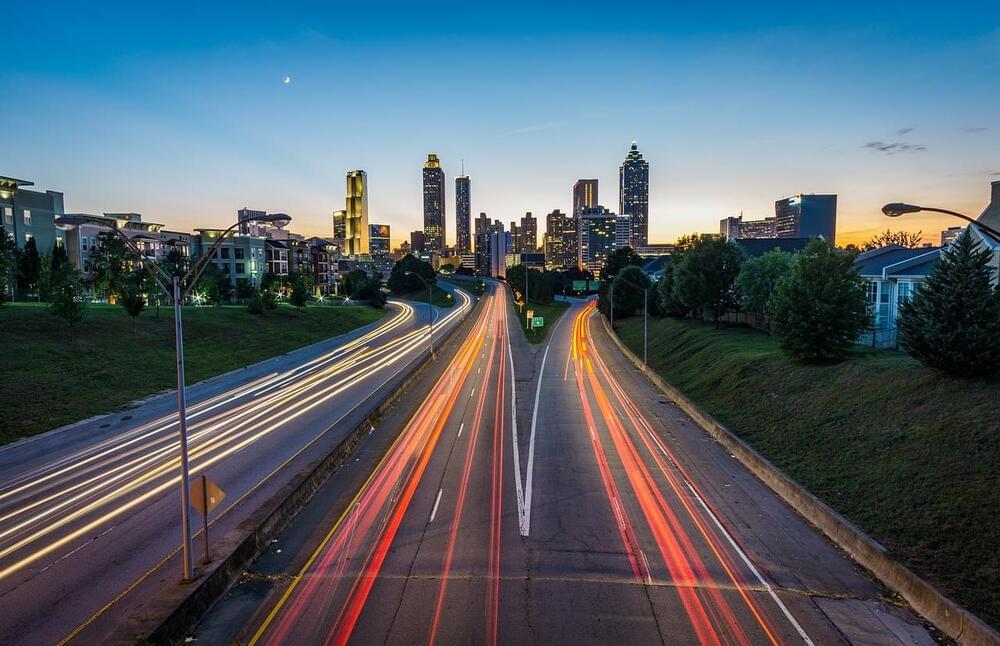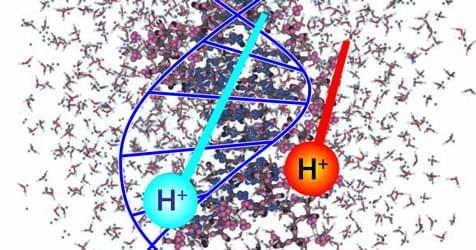Algorithms are complex mathematical formulas used to perform tasks in our digital world. They are programmed to process information, make decisions, and take actions. Algorithms are used in various applications, such as search engines, social media, autonomous vehicles, and digital assistants.
But not all algorithms are innocent. Some algorithms have a sinister #scary side that poses a threat to our privacy, our freedom, and our humanity… #aiscarystories #aihorrorstories #scarystories #scarystory #horrorstories #horrorstory #realstories #realhorrorstories #realscarystories #truestories #truestory #creapystories #AIScarystory #AIHorror #artificialintelligence #scaryai #scaryartificialintelligence #trueaiscarystories #truescarystories.
🤖My channel:
About AI Scary Stories 🕯️ 📹Videos about (True) Scary AI Topics, AI disasters & threats and other thrilling new AI events ✍️ Written, voiced and produced by AI Scary Stories 🔔 Subscribe now for more (True) Scary AI Topics, AI disasters & threats and other thrilling new AI events Watch More from AI Scary Stories 🟢 (True) Scary Stories: • Scary AI Conversa…
🟠 Scary AI-Art: • Horrible Fates by…
🔴 Horrible Fates By AI: • Horrible fates by…
💼 Business Inquiries and Copyright Questions.
• For business inquiries, copyright matters or other inquiries please contact us at: [email protected].
⚠️ Copyright Disclaimers.


 עברית (Hebrew)
עברית (Hebrew)



